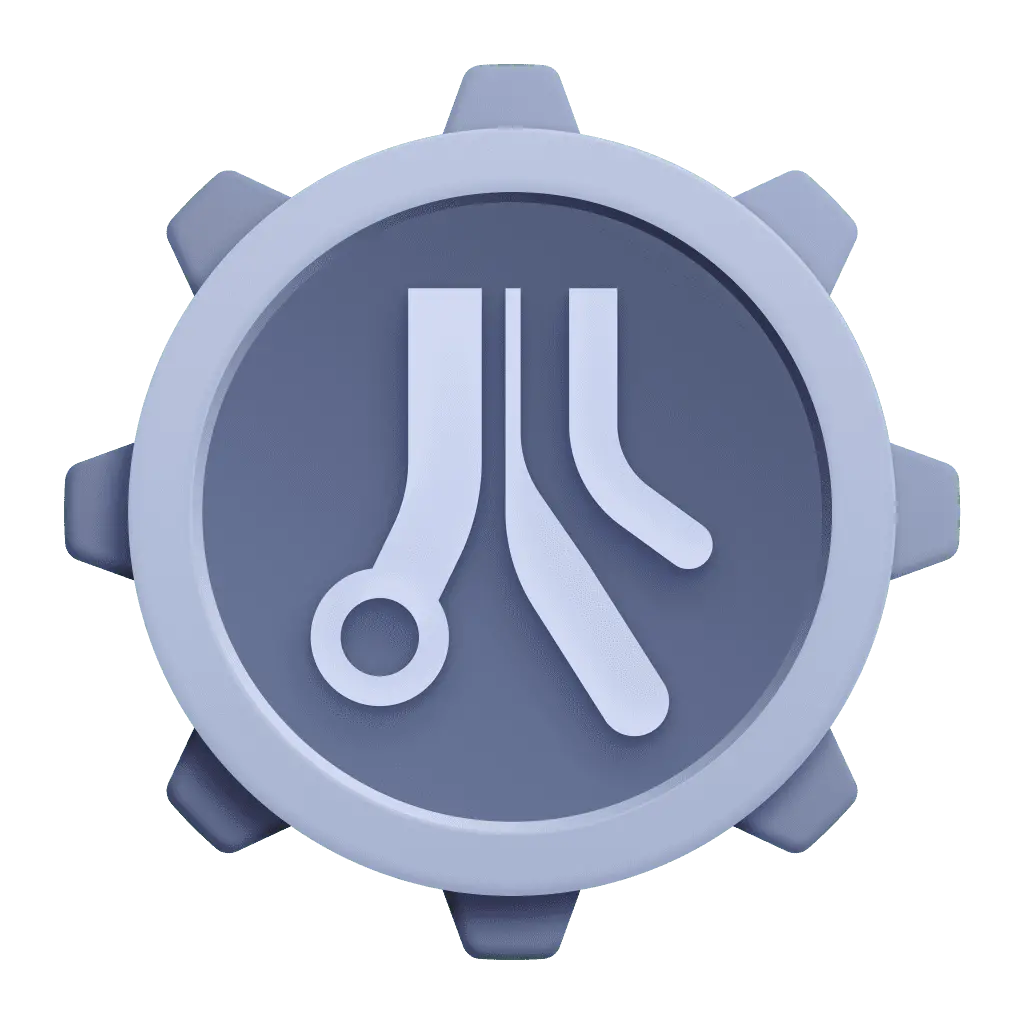Observe Azure DevOps pipelines and pull requests with Dashboards and SDLC events
- Latest Dynatrace
- Tutorial
- 5-min read
- Preview
In this use case, you'll
- Integrate Azure DevOps and Dynatrace.
- Use Dashboards to observe Azure DevOps pipelines and pull requests.
- Use this information to make decisions about streamlining CI/CD pipelines, improving productivity, and getting data-driven insights.
Concepts
- Software Development Lifecycle (SDLC) events
- Why were Azure DevOps webhook events changed into SDLC events?
The main benefit is data normalization and becoming tool-agnostic. As a result, Dynatrace Dashboards, Apps, and Workflows can build on SDLC events with well-defined properties rather than tool-specific details.
Target audience
This information is intended for platform engineers who use Azure DevOps in their Internal Development Platform (IDP).
Learning outcome
In this tutorial, you'll learn how to
- Forward Azure DevOps webhook events to Dynatrace.
- Normalize the ingested event data.
- Use Dashboards to analyze the data and derive improvements.
Prerequisites
Install Dynatrace Configuration as Code via Monaco
How-to
1. Setup: Prepare the Monaco configuration
-
Create an OAuth client for the Dynatrace Monaco CLI with the following permissions:
- Run apps:
app-engine:apps:run - View OpenPipeline configurations:
openpipeline:configurations:read - Edit OpenPipeline configurations:
openpipeline:configurations:write - Create and edit documents:
document:documents:write - View documents:
document:documents:read
- Run apps:
-
Store the retrieved client ID and secret as separate environment variables.
$env:OAUTH_CLIENT_ID='<YOUR_CLIENT_ID>'$env:OAUTH_CLIENT_SECRET='<YOUR_CLIENT_SECRET>' -
Clone the Dynatrace configuration as code sample repository using the following commands and move to the
azure_devops_observabilitydirectory.git clone https://github.com/Dynatrace/dynatrace-configuration-as-code-samples.gitcd dynatrace-configuration-as-code-samples/azure_devops_observability -
Edit the
manifest.yamlby exchanging the<YOUR-DT-ENV-ID>placeholder with your Dynatrace environment ID at the name property and within the URL of the value property.manifestVersion: 1.0projects:- name: pipeline_observabilityenvironmentGroups:- name: groupenvironments:- name: <YOUR-DT-ENV-ID>url:type: valuevalue: https://<YOUR-DT-ENV-ID>.apps.dynatrace.comauth:oAuth:clientId:name: OAUTH_CLIENT_IDclientSecret:name: OAUTH_CLIENT_SECRET
2. Setup: Check the OpenPipeline configuration for SDLC events
These steps modify the OpenPipeline configuration for SDLC events. If your OpenPipeline configuration contains only default/built-in values, you can directly apply the Monaco configuration. If you have any custom ingest sources, dynamic routes, or pipelines, you'll first need to download your configuration and manually merge it into the Monaco configuration.
Step 3 will indicate if a configuration merge is needed or if you can apply the provided configuration directly.
-
Go to
 Settings > Process and contextualize > OpenPipeline > Events > Software development lifecycle.
Settings > Process and contextualize > OpenPipeline > Events > Software development lifecycle. -
Check the Ingest sources, Dynamic routing, and Pipelines.
- Under Ingest sources, are there any other sources than Endpoint for Software Development Lifecycle events?
- Under Dynamic routing, are there any other routes than Default route?
- Under Pipelines, are there any other pipelines than events.sdlc?
-
If the answer to one of those questions is "yes", follow the steps below. Otherwise, skip ahead to step 4.
-
Download your OpenPipeline configuration
monaco download -e <YOUR-DT-ENV-ID> --only-openpipeline -
Open the following files:
- Your downloaded configuration file,
download_<DATE>_<NUMBER>/project/openpipline/events.sdlc.json. - The provided configuration file,
pipeline_observability/openpipline/events.sdlc.azdo.json.
- Your downloaded configuration file,
-
Merge the contents of
events.sdlc.jsonintoevents.sdlc.azdo.json, and then save the file.
-
-
Apply the Monaco configuration.
The configuration consists of
- Dashboards to analyze Azure DevOps activities.
- OpenPipeline configuration to normalize Azure DevOps webhook events into SDLC events.
Run the command to apply the provided Monaco configuration.
monaco deploy manifest.yaml
3. Setup: Create an access token
-
To generate an access token:
- Go to
 Access Tokens.
Access Tokens. - Select Generate new token.
- Enter a name for your token.
Dynatrace doesn't enforce unique token names. You can create multiple tokens with the same name. Be sure to provide a meaningful name for each token you generate. Proper naming helps you to efficiently manage your tokens and perhaps delete them when they're no longer needed. - Select the required scopes for the token.
- Select Generate token.
- Copy the generated token to the clipboard. Store the token in a password manager for future use.
You can only access your token once upon creation. You can't reveal it afterward.
- Go to
-
Select these scopes:
- OpenPipeline - Ingest Software Development Lifecycle Events (Built-in)(
openpipeline.events_sdlc) - OpenPipeline - Ingest Software Development Lifecycle Events (Custom)(
openpipeline.events_sdlc.custom)
- OpenPipeline - Ingest Software Development Lifecycle Events (Built-in)(
4. Setup: Create Azure DevOps webhooks
Create Azure DevOps webhooks at the project level with the following settings:
-
Select Build completed from the list of triggers.
-
URL: Copy the URL from below, and replace the placeholder
<YOUR-DT-ENV-ID>with your Dynatrace environment ID.https://<YOUR-DT-ENV-ID>.live.dynatrace.com/platform/ingest/custom/events.sdlc/azuredevops -
HTTP headers Add entry:
Authorization: Api-Token <YOUR-ACCESS-TOKEN>, replace the placeholder<YOUR-ACCESS-TOKEN>with the generated access token.
Repeat the creation of webhook subscriptions for the following triggers:
- Run job state changed
- Run state changed
- Pull request created
- Pull request updated
- Release deployment started
- Release deployment completed
- Release deployment approval completed
- Release deployment approval pending
5. Unlock enhanced development insights with Azure DevOps Dashboards
Now that you've successfully configured Azure DevOps and Dynatrace, you can use Dashboards and SDLC events to observe your Azure DevOps pipelines and pull requests within the entire development organization.
Analyze
In Dynatrace, open the Azure DevOps Pipelines, Azure DevOps Pull Request, and Azure DevOps Deployment dashboards to:
- Track real-time activities of pull requests.
- Analyze CI/CD pipeline execution details and pipeline health.
- Gain job insights.
- Review step durations for pipelines.
Optimize
Leverage those insights for the following improvement areas:
-
Streamline CI/CD pipeline: Observing pipeline executions lets you identify bottlenecks and inefficiencies in your CI/CD pipelines. Knowing about these bottlenecks and inefficiencies helps optimize build and deployment processes, leading to faster and more reliable releases.
-
Improve developer productivity: Automated pipelines reduce the manual effort required for repetitive tasks, such as running tests and checking coding standards. This automation allows developers to focus more on writing code and less on administrative tasks.
-
Get data-driven development insights: Analyzing telemetry data from pull requests and pipelines provides valuable insights into the development process. You can use the telemetry data to make informed decisions and continuously improve the development flows.
Continuous improvements
Regularly review and tweak your CI/CD pipelines to ensure they are optimized for performance.
In Dynatrace, adjust the timeframe of the Azure DevOps Pipelines and Azure DevOps Pull Request dashboards to monitor the long-term impact of your improvements.
Call to action
We highly value your insights on Azure DevOps pipeline observability. Your feedback is crucial in helping us enhance our tools and services. Visit the Dynatrace Community page to share your experiences, suggestions, and ideas directly on Feedback channel for CI/CD Pipeline Observability.
Further reading
 Dashboards
Dashboards OpenPipeline
OpenPipeline